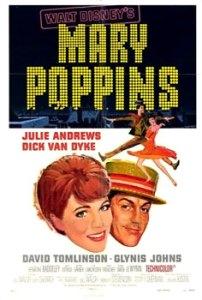 Easy answers seldom hold up. Generalizing is a way of dealing with the vast amounts of data people continually process. Now that many of us in the “developed” world spend much of our time indoors, those skills earned from thousands of generations of learning about the environment have transferred to media of various sorts. I watch a lot of movies—they are my escape from an urban reality that often weighs too heavily on my primate brain. Long ago I relegated Disney to that shelf of the least profound films. Although many of their animated features of the past decade or so have introduced complexities and some seriousness into the mix, often I find myself still hungry after sitting through a helping of the Disney fantasy-land. It seems to me that nature is crueler and more careless than Disney makes it out to be. Nevertheless, sometimes something profound can be discovered in the most unlikely of places.
Easy answers seldom hold up. Generalizing is a way of dealing with the vast amounts of data people continually process. Now that many of us in the “developed” world spend much of our time indoors, those skills earned from thousands of generations of learning about the environment have transferred to media of various sorts. I watch a lot of movies—they are my escape from an urban reality that often weighs too heavily on my primate brain. Long ago I relegated Disney to that shelf of the least profound films. Although many of their animated features of the past decade or so have introduced complexities and some seriousness into the mix, often I find myself still hungry after sitting through a helping of the Disney fantasy-land. It seems to me that nature is crueler and more careless than Disney makes it out to be. Nevertheless, sometimes something profound can be discovered in the most unlikely of places.
I never saw Mary Poppins until I was in college, but now I come back to it as an adult from time to time and I still learn from it. While watching recently it struck me that two worlds (at least) are juxtaposed here: the world of St. Paul’s Cathedral and the Dawes Tomes Mousley Grubbs Fidelity Fiduciary Bank. On the night before the Banks children accompany their father to the bank, Mary Poppins suggests that some things are important, although quite small. She refers, of course, to the birds that the Bird Lady uses to make her pitiful living. She sells crumbs within sight of an opulent bank that stands for the order of society. She is dressed in poor clothing, a beggar woman under the protective gaze of saint and apostles. The bank has guards and bars and powerful men. The worlds are brought into collision by Jane and Michael wanting to feed the birds but they instead are forced to open a bank account. In the ensuing melee, George Banks takes the blame and is fired.
On his way to the bank that night to be sacked, he reevaluates. In a brief but significant scene, he pauses in front of the Cathedral, deserted at night, and scans where the Bird Lady sat. The scene immediately cuts to the bank, still at work, its great doors snapped open by uniformed guards. The Cathedral, dark and glowering, is just down the street. And yet, once dismissed Mr. Banks chooses the way of the Bird Lady, an unemployed man spending tuppence for paper and string to mend a kite. No, I don’t attribute much profundity to Disney, but Mary Poppins does give pause for a moment. We never see the inside of the Cathedral. It is generally dark and forbidding. The bank is light and inviting, yet liable to turn on you. Maybe it is merely lack of sleep, but as I closed my eyes last night, it seemed that even Disney may have, for one brief instant, turned its back on money.
